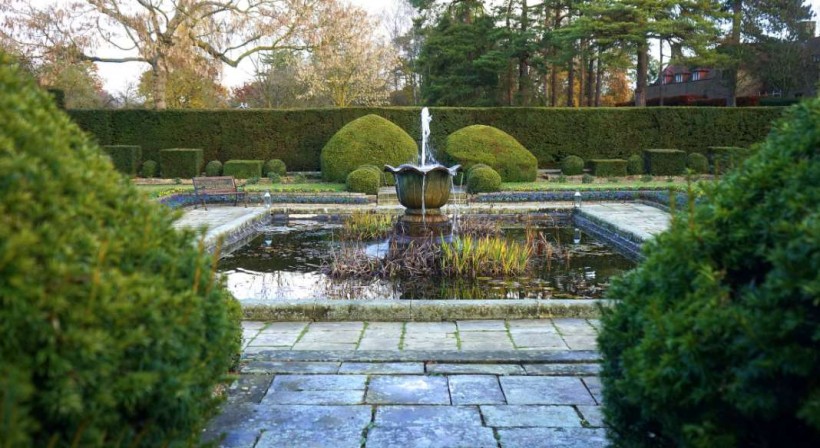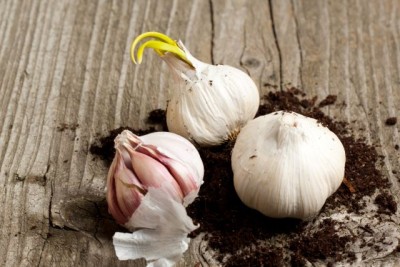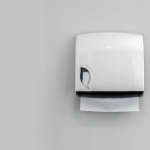Water Fountain Care Tips for Indoor Fountains
Warning: Undefined variable $post in /home/dietofli/public_html/wp-content/plugins/code-snippets/php/snippet-ops.php(584) : eval()'d code on line 3
Warning: Attempt to read property "ID" on null in /home/dietofli/public_html/wp-content/plugins/code-snippets/php/snippet-ops.php(584) : eval()'d code on line 3
The estimated reading time is 4 minutes
Warning: Undefined variable $post in /home/dietofli/public_html/wp-content/plugins/oxygen/component-framework/components/classes/code-block.class.php(115) : eval()'d code on line 3
Warning: Attempt to read property "ID" on null in /home/dietofli/public_html/wp-content/plugins/oxygen/component-framework/components/classes/code-block.class.php(115) : eval()'d code on line 3

Ah! A water fountain, the most mesmerizing thing a person can have in his house. Cleaning it is not that easy, as you might think. Especially when you have not done it already. It’s all fun and games when you install a water fountain indoors until you start smelling fungus and its small pores get blocked with dirt, and it stops working. Plus, indoor fountains work in a separate way than the outdoor ones. The outdoor ones face harsh weather conditions and are exposed to dirt. Usually, grass and dirt get stuck in the pipes. Indoor fountains are different in that way, there are fewer chances of getting clogged, but you need distilled water to keep up with this one.
If you are having any of the above-mentioned problems, there is no need to worry. Step by step guidance is given below.
-
Water Level
Always keep the fountains water level in check. What I mean here is that the water level should always be above the pump. If the level gets lower and the pump keeps running, there are good chances that the pump is going to burn out soon. The water level changes in different circumstances like the weather at your place, the amount of humidity, etc. If the atmosphere is humid, the water level will stay higher for a longer period. As compared to if you have a dry atmosphere, the water will need refilling time to time. The size of fountain also matters, if it's larger, more water is required and vice versa.
-
Cleaning
Keep the pump clean. A little ignorance can take you long way trouble, so it better to keep things up to the mark. If you do not clean it regularly, firstly the rust will eat it out slowly and secondly it will start growing mold and fungus. When the pump is flowing, the first thing that the eye catches is the pump. If it is dirty, the whole beauty is ruined. It is not too much effort to clean it anyway. You just need to take the lid off and clean it with a soft cloth or a sponge. Clean it until you see the surface of the metal again. Clean the pores with a scrub or small brushes available in the market. If you are unable to get your hand on one of those, use your old toothbrush. When you take the lid off, clean the internal walls too.
If you have stone fountains, you need to clean them regularly too, as stones tend to grow fungi real fast.
-
Copper Fountains
Copper is the most common metal used in the fountains. Almost all of them are made from it. Now, what usually people do wrong is that they try to clean it with a copper cleaner, which is extremely bad for the fountain. It removes the upper layer, which is created for the protection of the metal. Fountain polishes are best for this purpose. They retain the shine as well as gives no harm to the copper coating. Also, never use CLR, it has chemicals which will react with copper and oxidation reaction will take place. Apparently, you will see no harm. But if you keep doing that, the oxidation will change the color.
The copper also reacts with the chemicals in the air too. It again depends on the climate. It will change colors accordingly.
-
Distilled Water
Tap water is full of small particles. If you use it, there are greater chances of algae growth. Try to use distilled water. If this is too much effort for you. You can buy fountain care products. These products keep everything in check. It stops algae growth and formation of foam etc. They are available under the name of Algae Control, White Scale Control, or No more foam.














